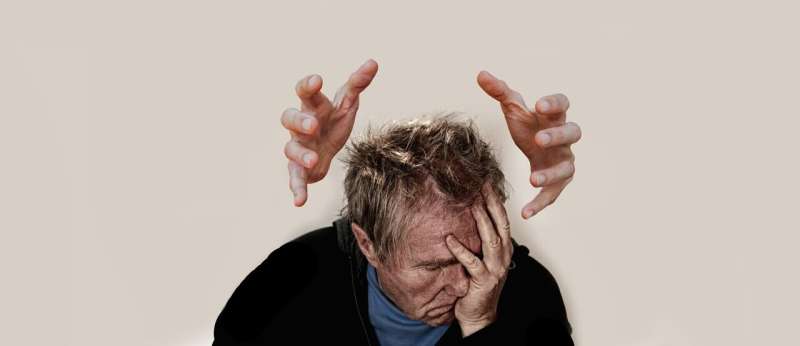Alternative diagnostic models of the psychotic disorders

Standard diagnostic systems, the predominantly categorical DSM-5 and ICD-11, have limitations in validity, utility, and predictive and descriptive power. For psychotic disorders, these issues were partly addressed in current versions, but additional modifications are thought to be needed. Indeed, the available evidence does not suggest that categories are the primary underlying structure of the psychoses.
This study reviewed categorical, modified-categorical, and continuum-based models versus factor-based models of psychosis. In a factor-based model, patients are individually described by key aspects of their unique presentations, rather than put with others into one or another category. Factors are clusters of symptoms or single prominent aspects of illness.
Consistent evidence from studies of the genetics, pathobiology, and clinical presentation of psychotic disorders all support an underlying structure of factors, not categories, as best characterizing psychoses. Factors are not only the best fit but also comprehensive, as they can encompass any key feature of illness, including symptoms and course, as well as determinants of risk or response. Factors are inherently dimensional, even multidimensional, as are the psychoses themselves, and they provide the detail needed for either grouping or distinguishing patients for treatment decisions.
The tools for making factor-based diagnoses are available, reliable, and concordant with actual practices used for clinical assessments. If needed, factors can be employed to create categories similar to those in current use. In addition, they can be used to define unique groupings of patients relevant to specific treatments or studies of the psychoses. Lastly, factor-based classifications are concordant with other comprehensive approaches to psychiatric nosology, including personalized (precision treatment) models and hierarchical models, both of which are currently being explored.
Based on these findings, factors might be considered as the right primary structural choice for future versions of standard diagnostic systems, both DSM and ICD.
More information: Bruce M. Cohen et al, Alternative Diagnostic Models of the Psychotic Disorders: Evidence-Based Choices, Psychotherapy and Psychosomatics (2021). DOI: 10.1159/000517027




















